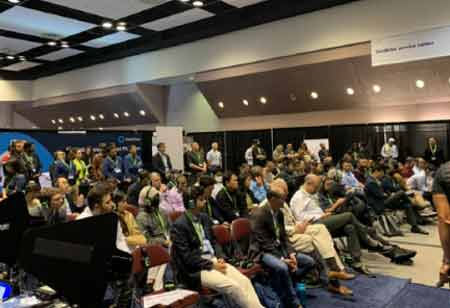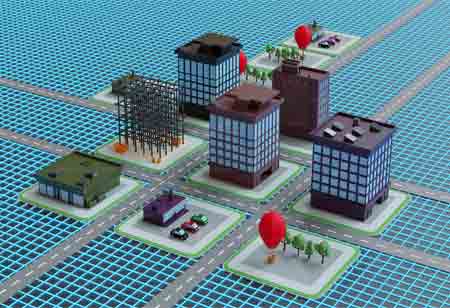Thank you for Subscribing to Gov Business Review Weekly Brief
Public Transit Playing a Key Role in Promoting Environmental Sustainability
Public transportation promotes greener urban landscapes and sustainable land use, thus addressing new environmental challenges and ensuring long-run ecological balance.

By
Gov Business Review | Wednesday, April 30, 2025
Stay ahead of the industry with exclusive feature stories on the top companies, expert insights and the latest news delivered straight to your inbox. Subscribe today.
Public transportation promotes greener urban landscapes and sustainable land use, thus addressing new environmental challenges and ensuring long-run ecological balance.
Fremont, CA: Public transport has many environmental benefits, contributing to greener urban life and combating global climate change. As cities expand and populations grow, personal vehicle use's ecological impacts, such as traffic congestion and air pollutants, affect critical masses. Public transport can significantly reduce these impacts and promote healthful, clean cities.
Public transit reduce greenhouse gas emissions because automobiles are among the largest emitters of carbon dioxide. In public transit systems, the emissions per passenger are less than in private cars because the number of vehicles on the road is less. Thus, public transit can help cities achieve climate goals. Public transit becomes effective when powered by cleaner energy sources such as electricity produced from renewable resources such as wind or solar power.
Public transit improves air quality. It reduces the number of cars in circulation, which carry harmful chemicals such as carbon dioxide and nitrogen oxides. These elements create smog and respiratory ailments. The more efficient the public transport, the less air pollution occurs in a city, and subsequently, fewer diseases like asthma and improved health. This leads to lower medical costs and better health for the population, particularly in densely populated urban settings.
Public transportation also reduces sprawl and encourages the efficient use of land. Sprawl is defined as the spreading out of cities with low-density, car-dependent development. More land is used, it takes more to maintain, and energy consumption increases. Public transportation fosters high-density, transit-oriented development, which creates more walkable cities and reduces lengthy, vehicle-dependent commutes. Neighborhoods are planned and designed around the town's transit system with well-integrated urban planning systems to make it easy to stay, work, and shop in such cities without using cars, thus maintaining the greenery and minimizing expansion impacts on the environment.
Public transit systems are also usually planned sustainably, integrating environmentally friendly activities to reduce waste and use fewer resources. Most new transit systems use energy-efficient vehicles, such as electric buses, and employ practices to minimize water and energy use in transit facilities. Cities have also established recycling programs within their transit stations and used sustainable materials in their construction. All these steps contribute to a larger culture of sustainability and environmental responsibility within urban infrastructure.
Reducing traffic congestion entails cutting fuel consumption and, therefore, emissions. Taking away vehicles during peak travel decreases fuel consumption and clears the air. It also decreases travel times for every other user on the road. Cities are rendered habitable, and their quality of life is better, which makes them desirable to everybody.
The environmental benefits of public transit go far beyond emissions reduction. Supporting public transit creates a greener, more efficient urban landscape, prioritizing clean air, sustainable land use, and energy conservation. Public transit is a tool for individual mobility and a collective step toward a healthier planet. This investment in public transit is crucial in solving the ongoing environmental problems to achieve sustainable urban development and long-term ecological balance.
More in News






